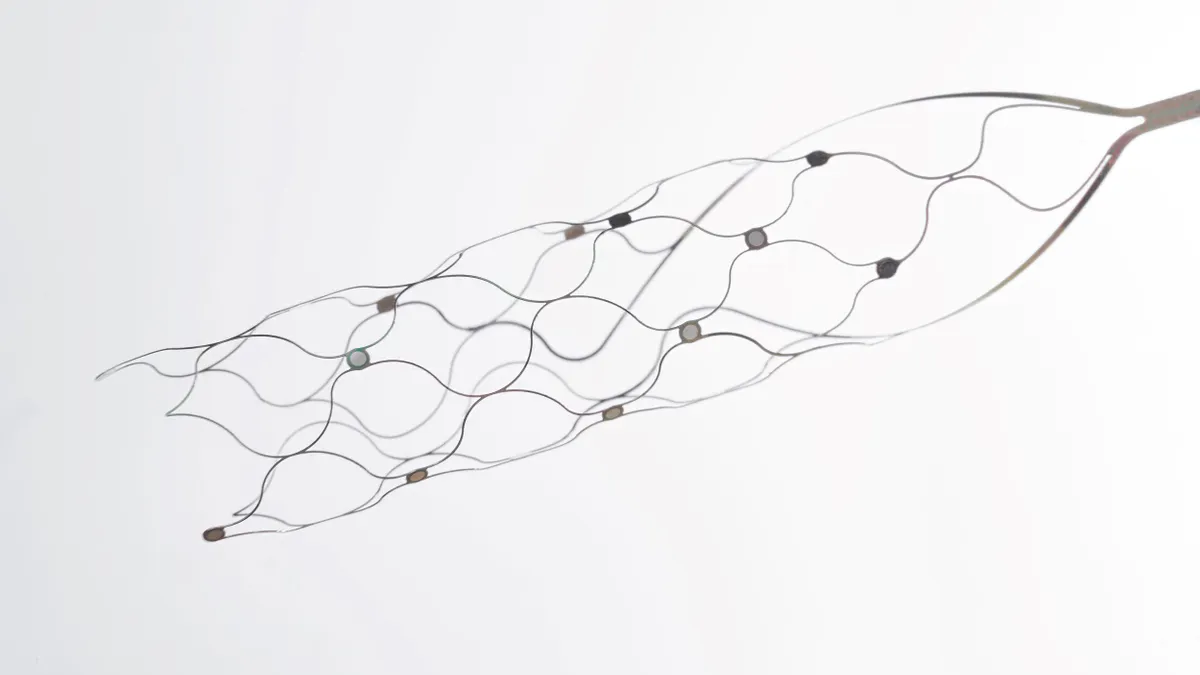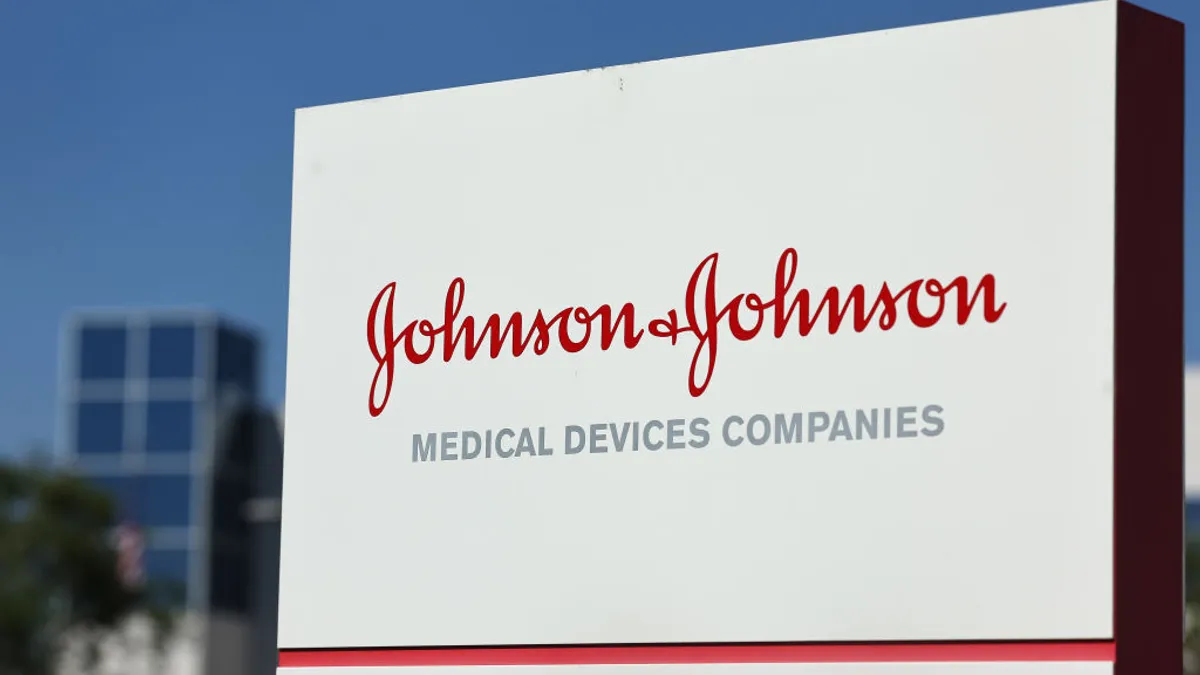Cardiovascular medical devices feature prominently in the latest batch of FDA breakthrough device designations, with BioCardia and Cook Medical among the companies to secure regulatory privileges.
BioCardia landed its breakthrough status after persuading FDA of the potential of its CardiAMP Cell Therapy System for the treatment of heart failure. The investigational device, which BioCardia believes is the first cardiac cell therapy to receive FDA breakthrough device status, delivers a patient's own bone marrow cells to their heart through a minimally invasive, catheter-based procedure.
In doing so, BioCardia is aiming to stimulate the body's own healing response, specifically a paracrine reaction that could help repair the heart. BioCardia called out the differences between its approach and other treatments that involve the transformation of stem cells into cardiac cells and have been linked to risks such as rhythm abnormalities and cell rejection.
Having shown recipients of the therapy have improved exercise tolerance and quality of life in early trials, BioCardia is now running a phase 3 study. An interim review of the data for safety and futility took place on Tuesday and results are expected soon.
Cook Medical received its breakthrough designation for a drug-eluting stent designed for use in patients with chronic limb-threatening ischemia. The designation, which comes 11 months after Cook Medical got its first ever breakthrough status, positions the medtech to benefit from regulatory support as it works to add the device to its portfolio of below-the-knee products for limb preservation.
The other recent cardiovascular breakthrough status went to Sensydia, which secured the regulatory privileges for its Cardiac Performance System (CPS). The non-invasive cardiac monitoring device consists of biosensors that attach to the skin and acquire heart sound data. By applying machine learning to the data, CPS computes hemodynamic measurements to inform the treatment of heart failure patients.
FDA cleared CPS for use in the measurement of ejection fraction in 2018. Boosted by the breakthrough designation, Sensydia plans to measure ejection fraction, cardiac output, pulmonary artery pressure and pulmonary capillary wedge pressure simultaneously and bring the device to market in 2023.
The latest set of breakthrough designations also features a crop of neurological devices. NeuroMetrix received the status for its Quell wearable neurostimulation technology. The designation covers the use of Quell in the treatment of moderate-to-severe symptoms of chemotherapy-induced peripheral neuropathy that persist for six months or more after the end of the cancer treatment.
Quell is a credit card sized device that adjusts the nerve stimulation it delivers based on position and motion sensing. NeuroMetrix is now enrolling a 150-subject clinical trial designed to show if using Quell for six weeks improves symptoms and functional impairments. The study is scheduled to end this year.
FDA also awarded breakthrough status to Wavegate's StimuLux optical reflectometry system for closed-loop adaptive modulation of spinal cord stimulation. According to Wavegate, StimuLux integrates "optoelectronic components and optical fiber into spinal cord stimulation systems to measure distance between the spinal cord and the epidural electrode array." In doing so, Wavegate aims to allow "real-time stimulus modulation to ensure consistent and efficacious adaptive stimulation."
The other recent FDA neurological breakthrough device designation went to Diadem's blood-based Alzheimer's disease assay AlzoSure Predict. The assay uses an antibody designed to bind to a variant of a protein implicated in the pathogenesis of Alzheimer's to predict whether people aged 50 years and older with signs of cognitive impairment will develop the disease. Diadem is aiming to make predictions up to six years before definitive symptoms are apparent.
Aside from the cardiovascular and neurological disease devices, FDA awarded breakthrough designations to Applaud Medical, Magnesium Development Company and Pathogenomix.
Applaud Medical secured the status for its Acoustic Enhancer technology, which is designed for use in conjunction with laser treatment that breaks up calcium-based urinary stones. The technology consists of microparticles that capture energy from the laser treatment's acoustic impulses and send out further shockwaves to help break up the kidney stones. A clinical trial is underway.
FDA awarded breakthrough status to Magnesium Development Company's resorbable HC Screw. The device is designed to meet the need for an implant that is strong enough for orthopaedic applications but does not interfere with imaging or need taking out of the body after use.
Finally, Pathogenomix received breakthrough device designation for an assay designed to quickly detect and identify hundreds of clinically relevant bacteria from multiple sample types, such as whole blood and cerebrospinal fluid. The assay, Patho-Seq, uses next-generation sequencing to detect multiple types of infectious bacteria in a single test run, potentially enabling physicians to determine the cause of a health problem even if they lack a specific hypothesis about the infective agent.




















